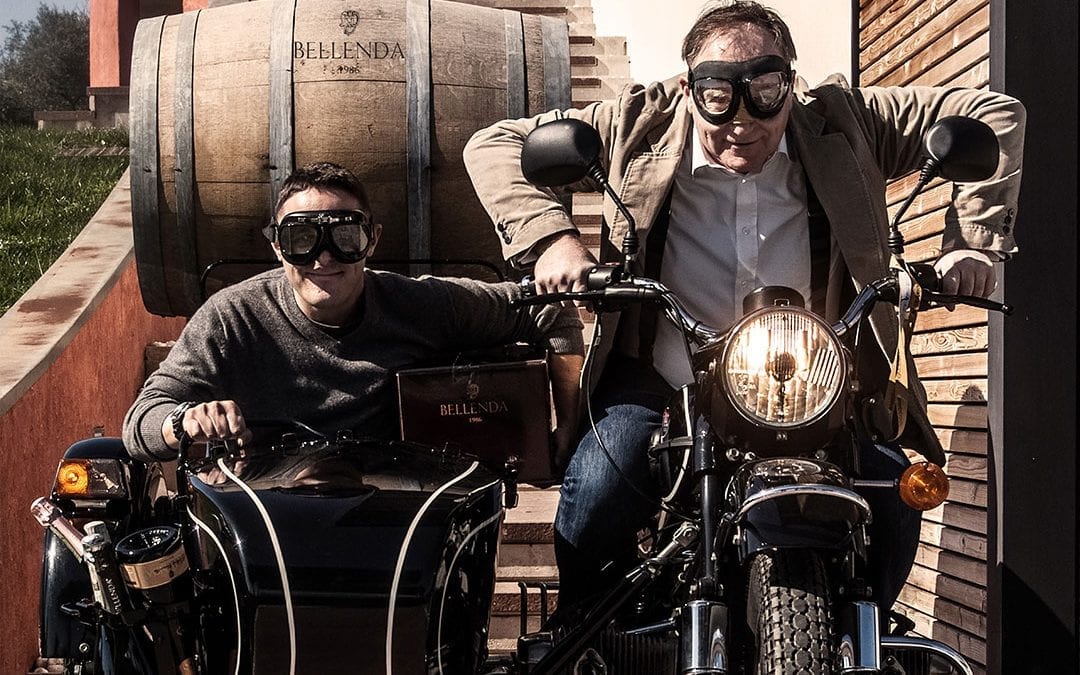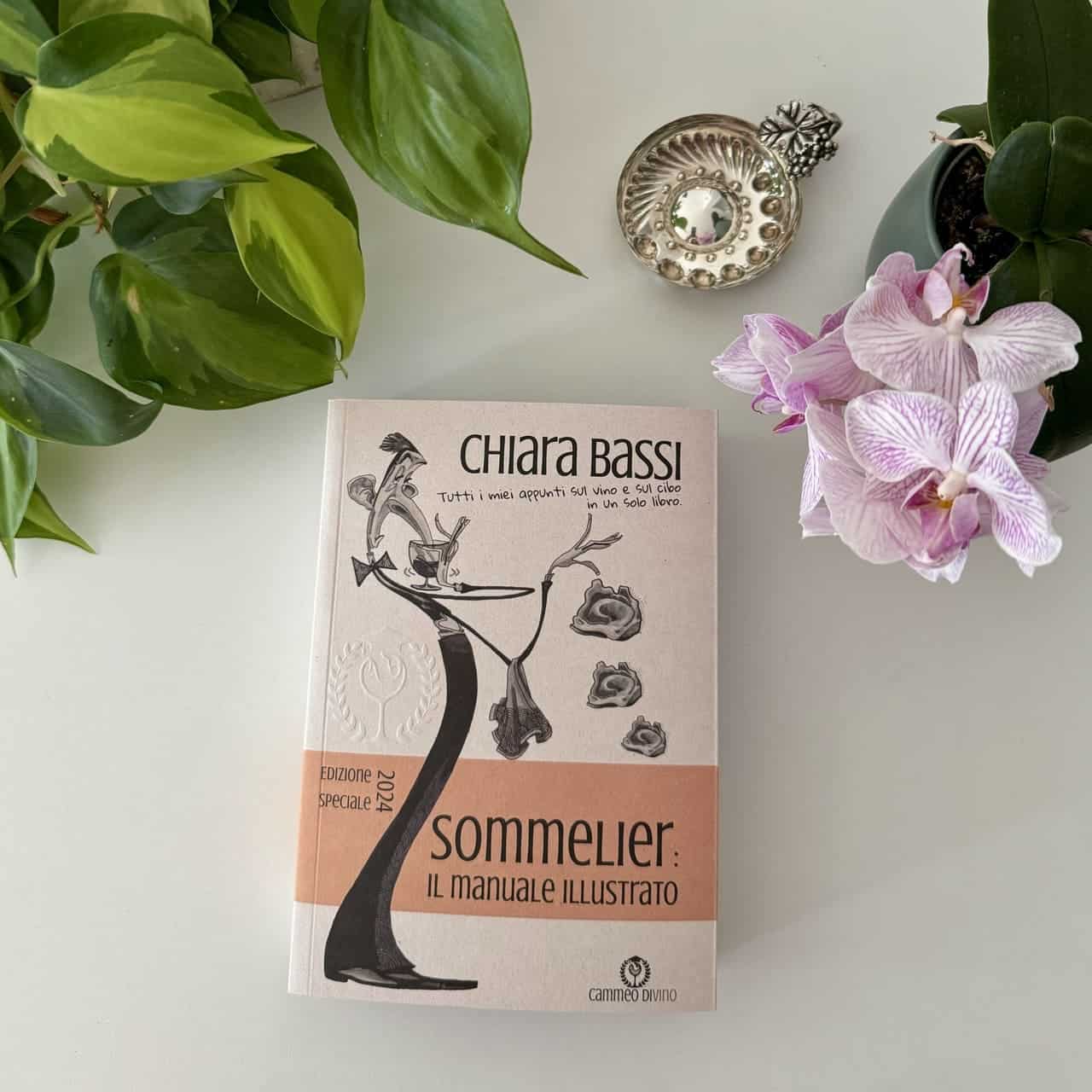Every year, as has become customary, I write an article on the company that has most excited me at the Vinitalyand for the 2017 edition I chose Bellenda. I take this opportunity to thank Agnese Ceschi and Lavinia Furlani of Wine Meridian for contacting me and introducing me to this beautiful reality that I had never had the pleasure of knowing before. The incredible thing is that until two years ago my Prosecco culture was really very very limited and I would never have thought I would fall in love with it to the point of considering it my best sparkling wine tasted at Vinitaly for 2 years in a row (last year I had chosen the P.S. of Le Vigne di Alice!).
'Prosecco' is, unfortunately, the most mucked-up word in the wine world. It rhymes with 'Prosecchino' and 'Frizzantino', and in the average dictionary indicates a kind of bubbly wine of low, indeed very low quality. Those who have not had the good fortune or the intelligence to delve deeper are still convinced that Prosecco is a pseudo crap to be diluted with aperol and called 'Spritz' (please don't! If you really want to make such a rubbish, at least order a Hugo... do it for me!) In reality, Prosecco is a sparkling wine made from the Glera grape, typical of the Veneto and Friuli-Venezia Giulia regions and, depending on the area of production, belongs to one of these three denominations:
- Conegliano-Valdobbiadene Prosecco Superiore DOCG
- Asolo Prosecco Superiore DOCG
- Prosecco DOC (Treviso, Belluno, Padua, Venice, Vicenza in Veneto; Pordenone, Udine, Gorizia, Trieste in Friuli-Venezia Giulia)
Unfortunately, in the vast majority of bars and restaurants in Italy, indeed in the world, 'Prosecco', 'Prosecchino' and 'Frizzantino' mean all sparkling wines, regardless of their method of production and blend. In many Italian restaurants, waiters even confuse Prosecco with Trento DOC or Franciacorta DOCG. I for one, although I have never confused the respective appellations, was for many years a victim of the collective ignorance that considered Prosecco a wine to be discriminated against. Today, however, I place Prosecco, the real and good one, in the shortlist of my favourite wines. And this is where Bellenda, a company from Carpesica, a small village near Vittorio Veneto, which produces Prosecco Conegliano Valdobbiadene DOCG and Province of Treviso Prosecco DOC.
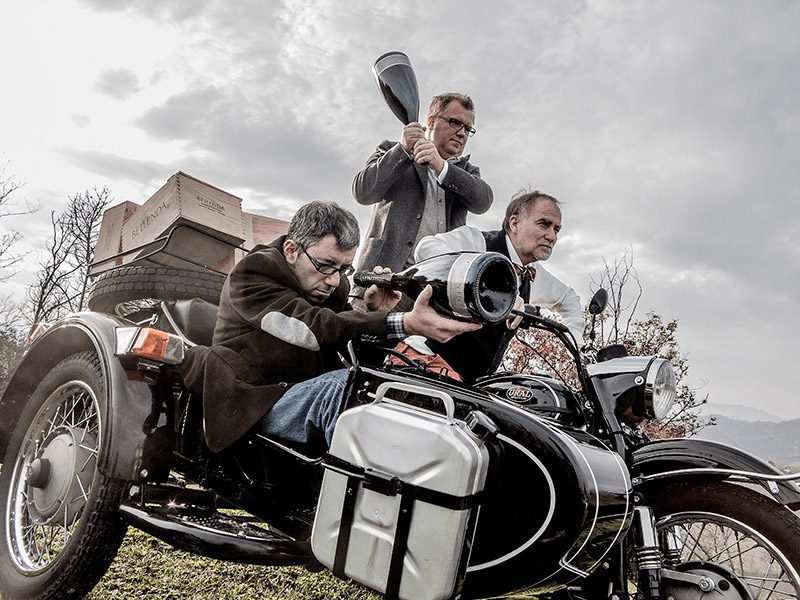
When I saw this photo I fell in love: it is really beautiful... and in my opinion it really encapsulates the spirit of Prosecco Bellenda. If I had to define it in one word I would say: 'Care'. Bellenda LOOKS after everything: from the vineyard to the wine, from the communication to the information material. Nothing is by chance, nothing is 'arranged'. Note of merit for the Carta Enografica of the province of Treviso that Umberto showed me: truly wonderful! I found it in the press folder they left me and I will keep it carefully, thank you!
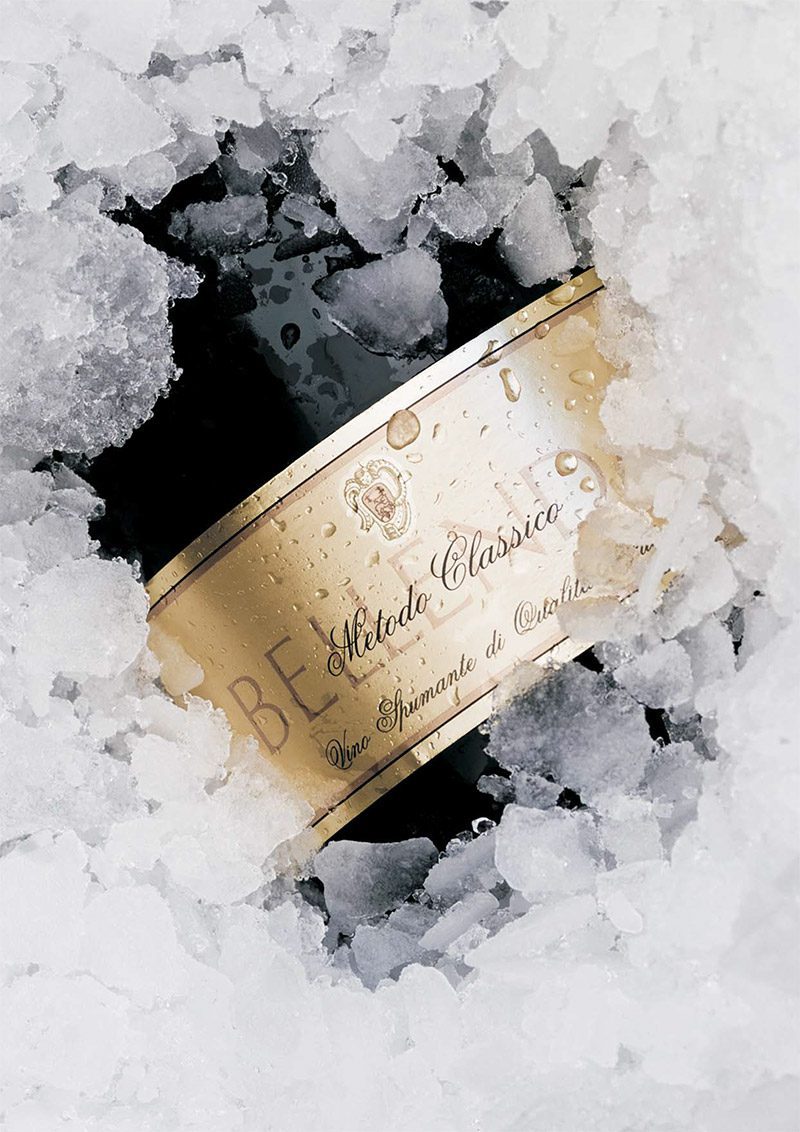
I met Umberto Cosmo at this very tasting: he is a great character and a real pleasure to converse with. As well as being very likeable, he really loves his company. It's not appearances, it's not telling a little story you've learnt by heart to sell a product. He loves Bellenda, he loves Prosecco, he loves his territory. For real.
Prosecco Bellenda: an eco-friendly wine!
Before I tell you about the tasting, I want to say a few words about the respect for the environment that characterises the entire production of Bellendabecause it is something I care a lot about. The vineyard is the product of Nature and man. Bellenda is a wine cellar that also stands out for the care it takes of the environment: as the owners themselves declare, they are the first to live among these vineyards and consume a product that they demand, first and foremost, to be healthy. But in practice, what does Bellenda do to respect the environment?
- They do not use herbicides in the vineyard and to control weeds they work the soil and mow the grass;
- They maintain large wooded areas on the farm to protect biodiversity;
- It recovers pruning residues and reuses them for energy purposes;
- It progressively replaces conventional roofs with green roofs to slow down rainwater runoff;
- The electricity it needs comes almost entirely from its solar panels;
- It favours the use of heat pumps and natural gas for space heating;
- It uses bottles from recycled glass and packaging materials from certified renewable sources.
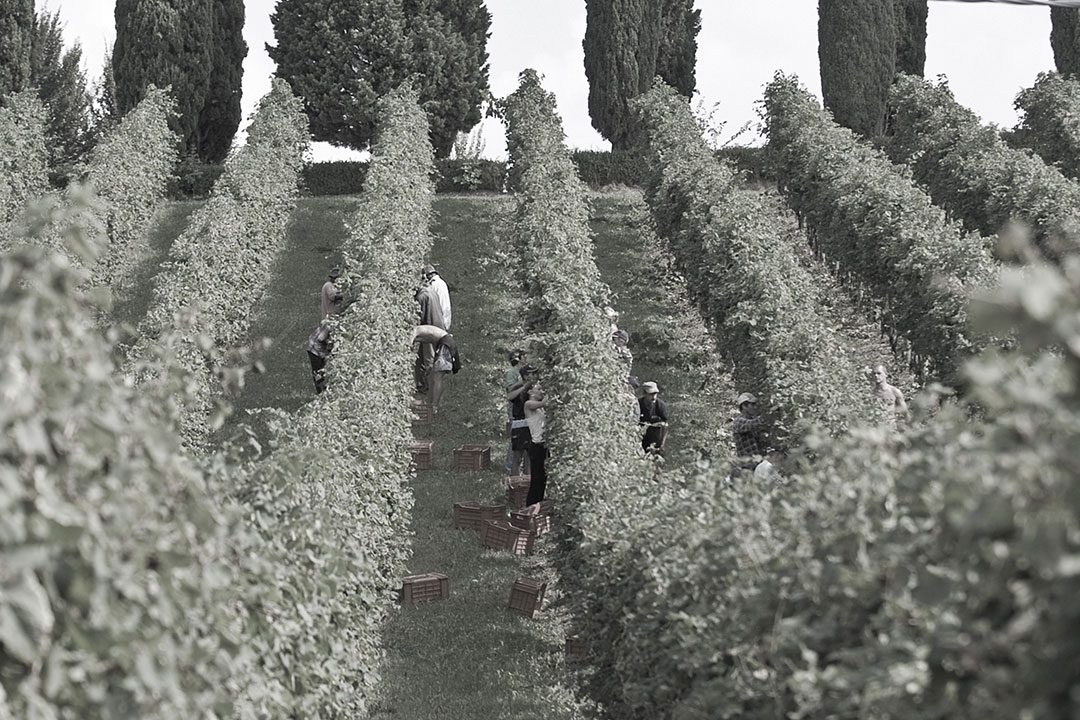
Bellenda: the sparkling wine that impressed me most is S.C. 1931
S.C. 1931 is a Prosecco Classical Method named after the initials of the founder of BellendaMr. Sergio Cosmo (S.C.) and the year of its birth (1931). This Prosecco, made from Glera grapes from the Carpesica area, originates in a temperate climate, with cold winters and warm but breezy summers and a wide temperature range. The vineyards, facing south, south-west, have clay-limestone soils rich in morainic residues of the ancient Piave glacier. The vineyards are located at about 180 m above sea level and are pruned using the Sylvoz method, a training system typical of some areas in northern Italy because it requires significant water and nutritional availability. With its long pruning and its medium/low density of plants/ha (in the case of Bellenda 4200), it allows a better capture of light in the aerial part, which improves photosynthesis, with benefits on the sugar content of the must. Usually this training system indicates quantity rather than quality, but the Prosecco S.C. 1931 is proof that one should never generalise. Harvesting is done manually in the second half of September and the average yield is 85 hL/Ha. After destemming and soft pressing, the must is statically decanted and fermentation takes place partly in steel and partly in wooden vats without temperature control. At this point, the wine matures on the fine lees for 3 months. After re-fermentation in the bottle, it stays on the lees for about 18 months. After disgorging, refilling takes place without dosage.
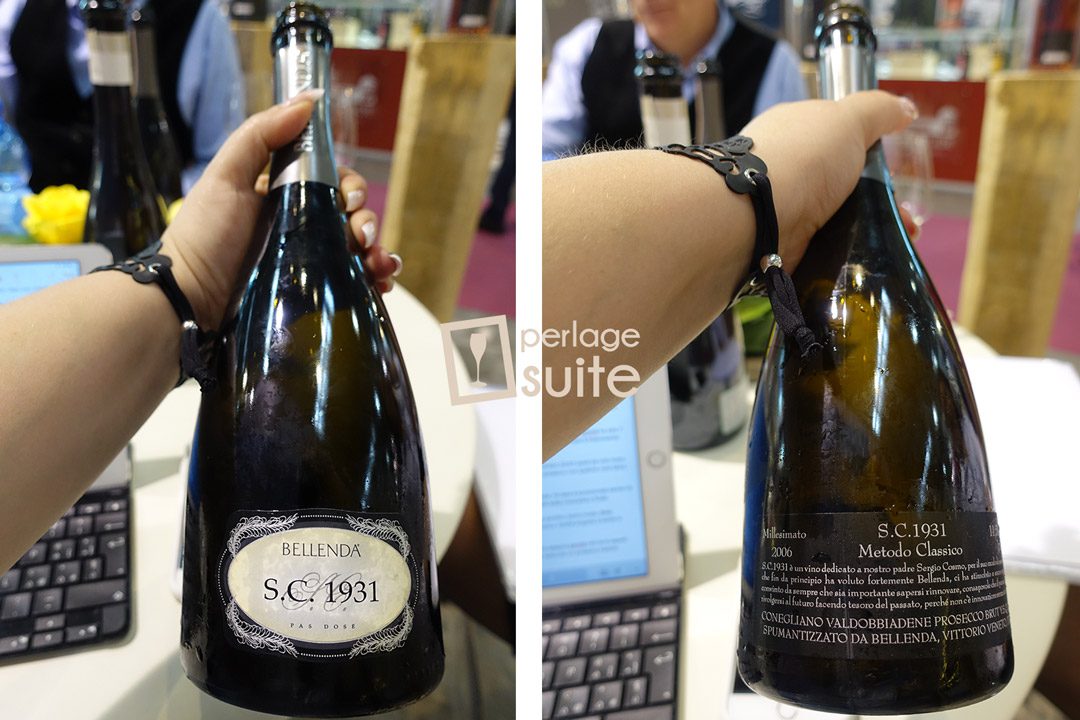
Bellenda S.C. 1931: an amazing vertical of Prosecco Metodo Classico!
The Prosecco Metodo Classico S.C. 1931 was the latest in a series of interesting tastings. Here are my tasting notes:
S.C. 1931 year 2014 disgorgement 2016 - nice crisp bubble, typical Metodo Classico scents on the nose, bread crust prevails, but ripe pear and slightly toasted hazelnut are also noticeable. In the mouth it is really pleasant and the finish is quite long.
S.C. 1931 year 2011 disgorgement 2013 - The nose is truly exceptional: bread crust, raw butter, hazelnut. In the mouth it enters boldly, with a crisp but creamy bubble and a very long finish.
S.C. 1931 year 2009 disgorgement 2011 - On the nose, notes of fried sage, porcini mushroom and solvent appear for the first time, then fade to important hints of raw almond butter. The bubble is crisp, smooth and very pleasant and fills the whole mouth with extraordinary envelopment. A slight oxidation can be sensed on the palate, but it is really good.
S.C. 1931 year 2006 disgorgement 2008 - Just one word to describe it: exceptional. Absolutely my best tasting of this Vinitaly 2017. It has a hydrocarbon that 'unsettles' because you absolutely do not expect it from a Prosecco, even less from a Metodo Classico Prosecco. Straw yellow with golden reflections, brilliant, in the mouth it enters with a nice crisp but velvety bubble and confirms the hydrocarbons and minerality of the olfactory examination. The nose rivals those wonderful Mosel Rieslings, so much so that it has exceptional hydrocarbons and a complexity that makes it absolutely a meditation wine.
And what goes with this great Prosecco? Let's leave the 2006 vintage alone... anything would be a sin for me. But if we go for a younger vintage, the 2009, where the hydrocarbons blend with butter, porcini mushrooms and sage... I would go for the organoleptic concordance of a nice homemade tagliatella with lots of egg yolks and dressed with butter, sage and porcini mushrooms: I am sure it would enhance it and then leave the mouth perfectly clean.
Bellenda is also the importer of a small Maison de Champagne in Vrigny: Roger Coulon. After all, when you run out of their Prosecco, you have to put some good 'petrol' in the bike to get to France! 😀
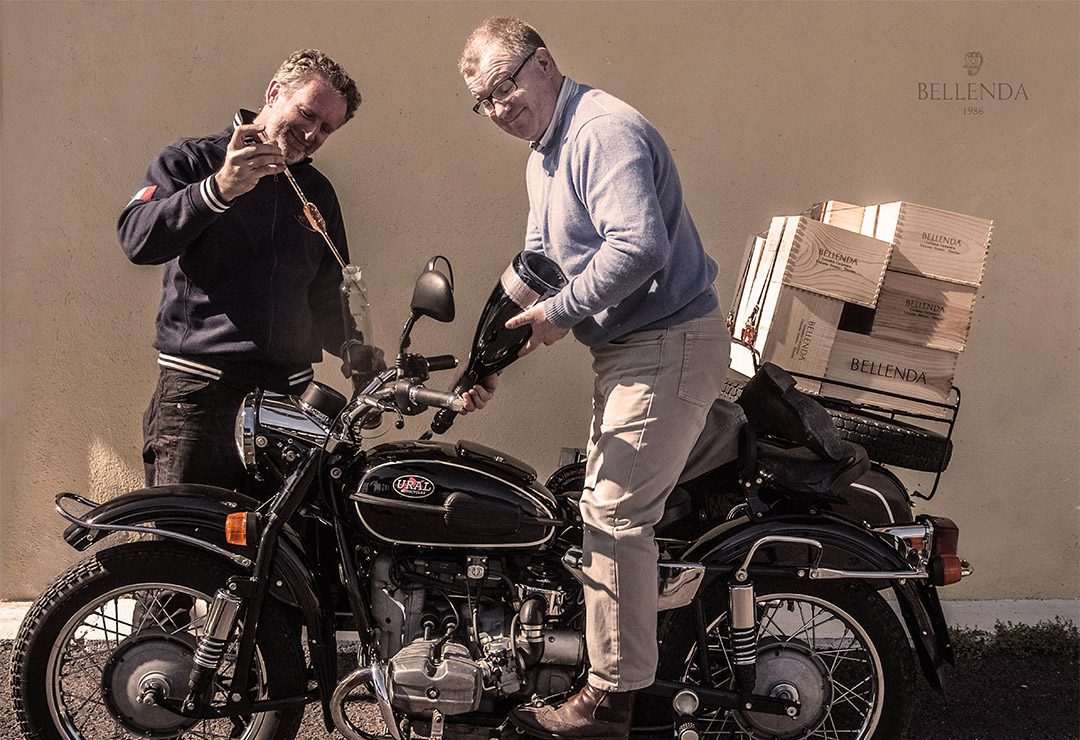
One last tasting at Bellenda:
Champagne Roger Coulon Blanc de Noirs Vintage 2005
"My greatest wish is that my wine can leave a mark over time to confirm the unique character of our land and offer the best expression of this magnificent appellation."
Eric Coulon
As much as this phrase may seem a bit 'trite' among the various winemakers, this is one of the best bottles of Champagne I have tasted this year... and I can assure you that I drank a lot of Champagne in France for the Millésima Blog Awards 2017! 😉
"Our work is an interesting quest, a constant striving to differentiate from one another those almost one hundred small plots that make up our family property.
Eric Coulon
Roger Coulon's vineyards are located in 5 villages halfway up the Montagne de Reims, which makes it particularly rich thanks to the diversity of soils and climate of its hundred or so plots, all of which are classified Premier Cru. The average age of the vines is 38 years, but there is one parcel that dates back to 1924 and another that was planted in 1953 on a sandy soil that prevents the development of phylloxera. The six key points of Roger Coulon's cultivation are:
- grassing;
- use of the plough;
- conservation of natural soil elements;
- low yields per hectare;
- fight against erosion;
- search for longevity of the vineyard.
Realising these points is certainly not easy when each season is different from the previous and the next. The winegrower knows how to help the vineyard through even the most difficult times, including the disastrous frost (a toast to all winegrowers affected by the terrible frost of 20 April 2017, HERE you can read their direct testimonies).
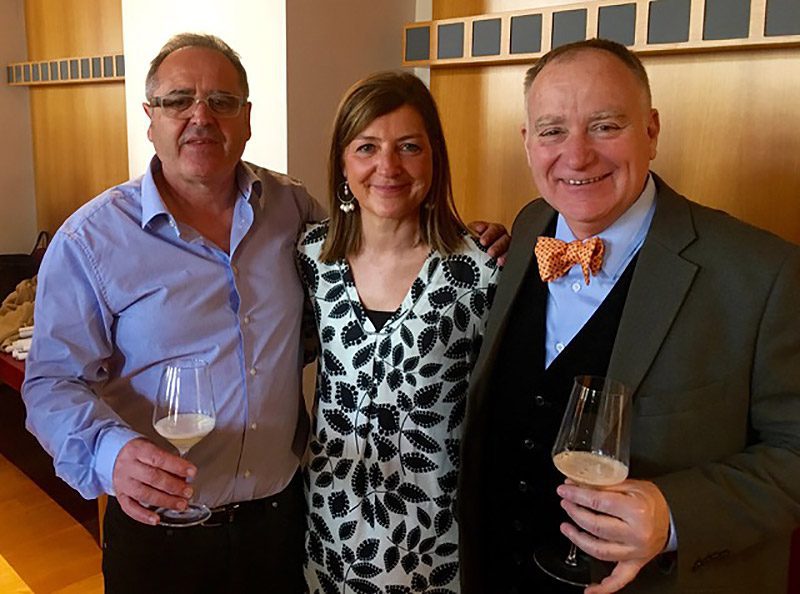
"Only a long maturing period guarantees quality and optimal maturity for Champagne. That is why the ageing period for Champagne Roger Coulon is much longer than the legal minimum of 15 months'.
Isabelle Coulon
"Depending on the vintage, we decide which musts, whether Pinot Noir, Pinot Maunier or Chardonnay, are put to rest in wooden barrels, some very old, even generations old. The use of old barrels allows controlled oxidation, which is part of the Roger Coulon Champagne philosophy'.
Eric Coulon
Each plot and variety is vinified separately and stored in different vats to better respect the terroir. Only the first pressing is used, and the wines are placed in steel or wood depending on their characteristics, without a fixed rule. The first fermentation takes place in steel with the yeasts from the grape skins. The use of sulphites is limited as much as possible and the quantity used is always below the average for the designation.
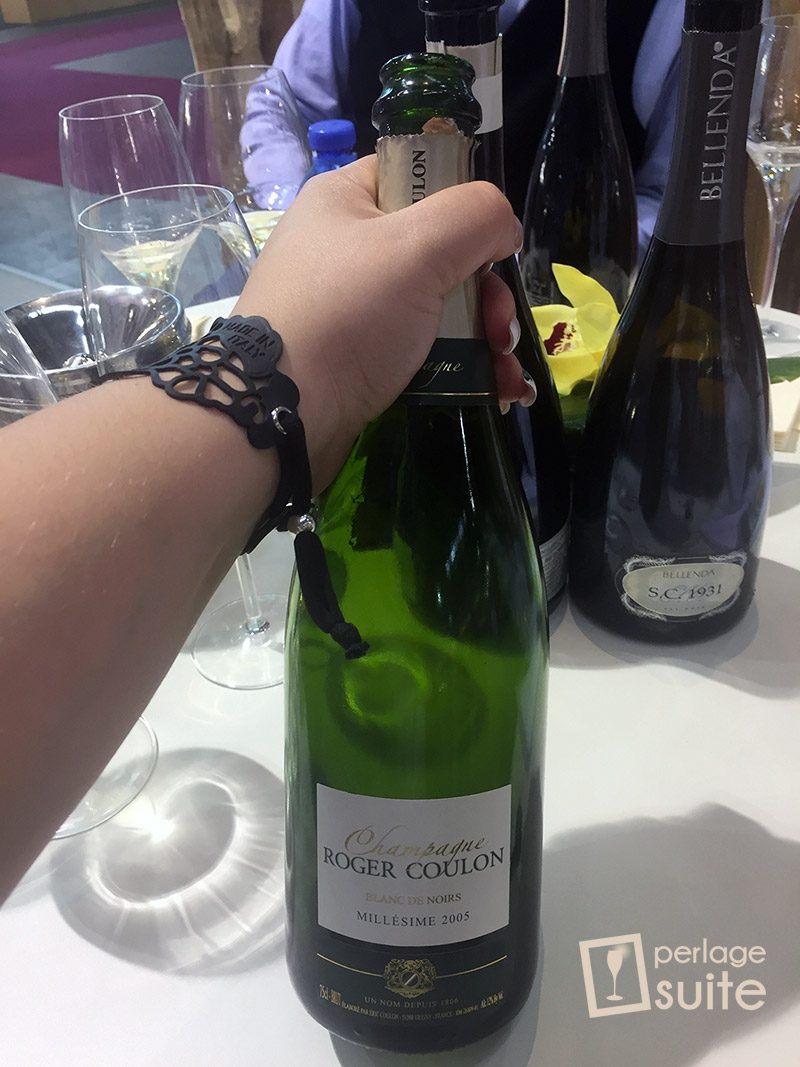
Champagne Brut Millésime 2005 Blanc de Noirs Roger Coulon
It is made from a 50% blend of Pinot Maunier and Pinot Noir grapes from vineyards classified as Premier Cru and located in Vrigny, Gueux and Pargny les Reims, Montagne de Reims and Champagne, which have clayey-calcareous soils. In particular, the Pinot Maunier comes from the "Les Linguets" parcel planted in 1953 on a free-range basis, without American rootstock, and thus retains all the character of the terroir. This Champagne is made au natural, i.e. without the addition of selected yeasts. It undergoes no malolactic fermentation, no clarification or filtration and does not even undergo cold stabilisation. It is offered on the market after a cellar ageing period of 8 years, young but ready. It gives its best after 2/3 years and has an ageing potential of 10/15 years.
My tasting notes: It is a beautiful golden yellow with a very fine and very persistent perlage. The nose is intriguing and complex, with notes of butter, brioche, lime honey, strawberry jam, fresh hazelnut, chocolate chip biscuit and a mentholated finish. In the mouth, it is responsive to the nose, less complex but more vertical, shifted to hints of butter and bread crust and with a hazelnut that becomes more toasted. Great harmony and a very long finish.
Well since I won the award for the best blog in Europe in the food-wine pairing category Here too, a gastronomic accompaniment is 'a must'. Those who follow me know that my concept of pairing departs from the simple ingredient to privilege the type of cooking... and with this Champagne Blanc de Noirs I would aim for a freshly seared duck breast, with a tasty crispy skin to be dressed with a slightly spicy and citrusy date chutney with the addition of fresh raw broad beans. Shall we try?
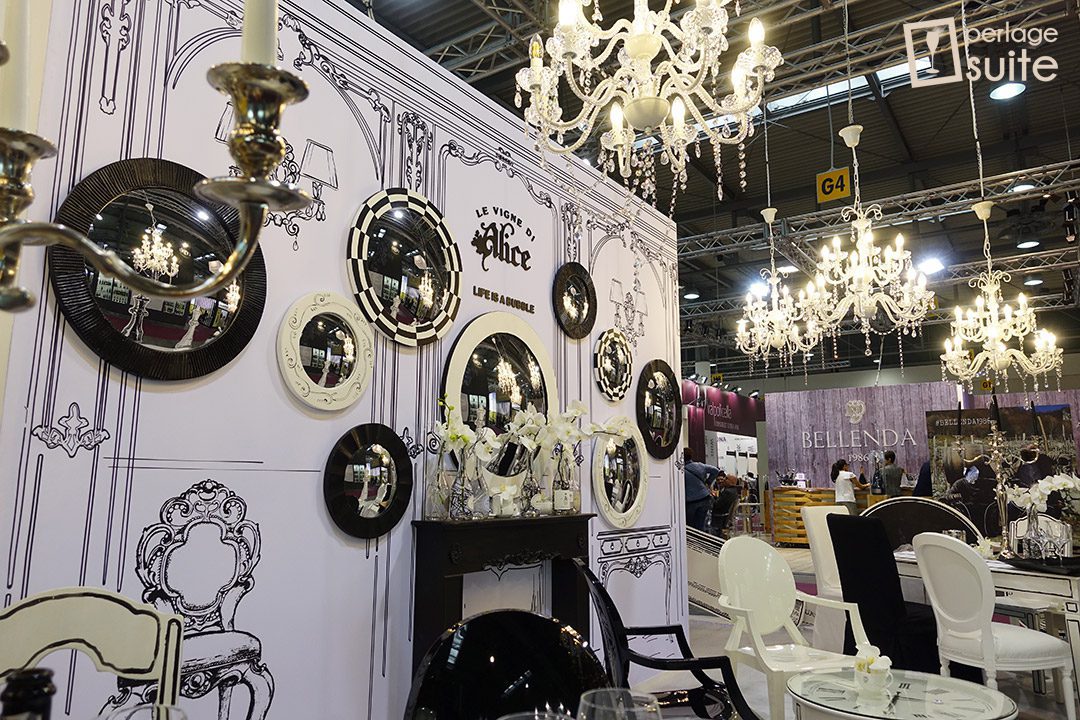
The last chalice... Bellenda or no Bellenda?
In short, from the pavilion of Bellenda I have landed in the wonderful world of Le Vigne di Alice. But aren't husband and wife cute together even at Vinitaly? 🙂 🙂
Yes, I 'discovered' that Umberto Cosmo - Bellenda - is the husband of Cinzia Canzian - Le Vigne di Alice-! And as someone called it, the 'Prosecco Beautiful' does not end here! But it will last for many, many years... and millions of episodes... which I'm sure will always see this nice and talented couple at the top of Prosecco, the real, healthy and good one!
So my last goblet at Vinitaly was identical to the one from the year before, namely the Prosecco Metodo Classico Integrale P.S. by Le Vigne di Alice! Every year I adore it more and more... and then it's good to always taste something new... and I know there are those who say that eating the same 'soup' over and over is tiring... but I'm from Romagna and here in Romagna 'soup' is above all cappelletto with meat sauce, not the pastina in broth that they make here in the North!
Cheers <3
Chiara
P.S. For all the photos I took of this article, I thank UniversoFoto.com for the provision of the Sony RX100M4... it really is a little gem!

